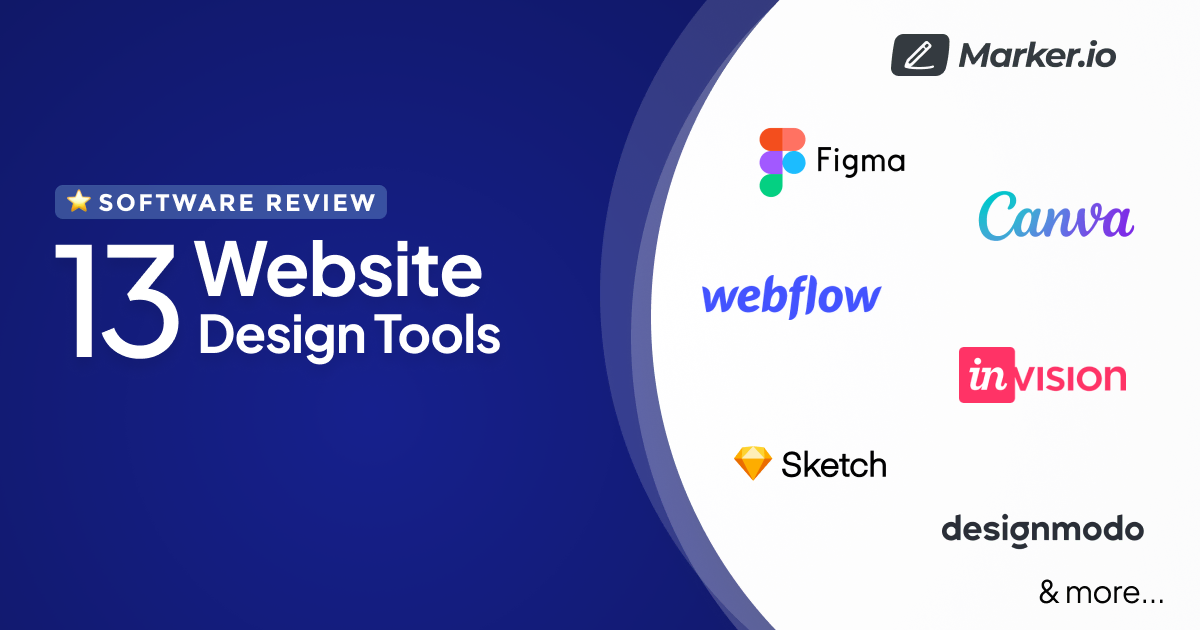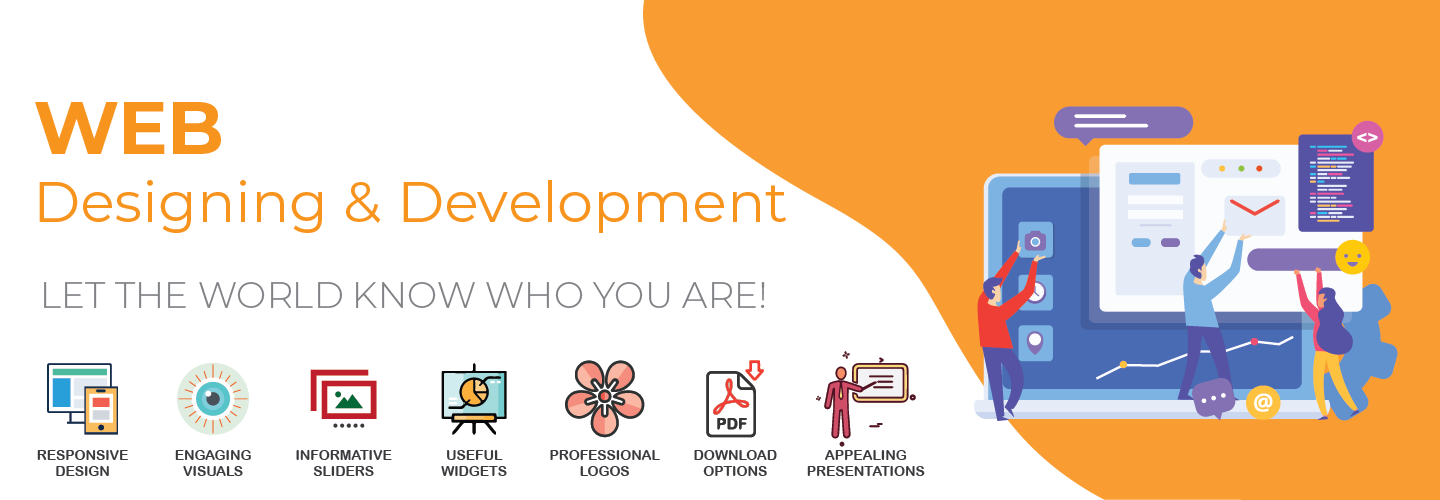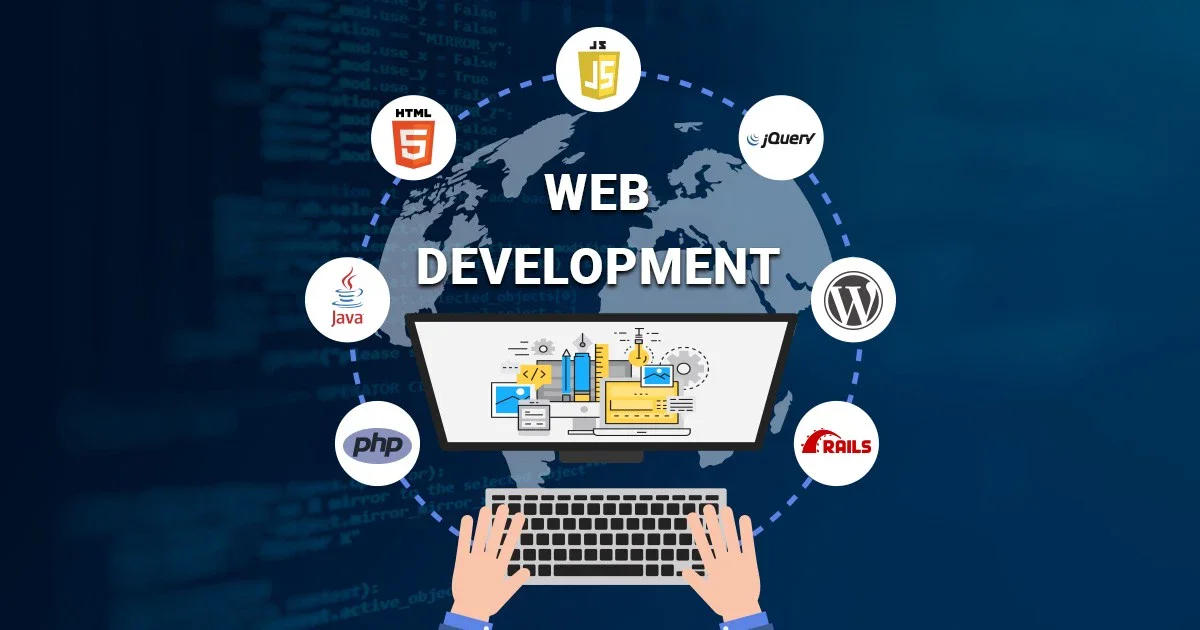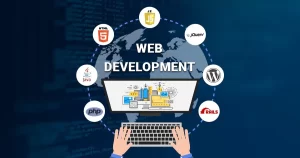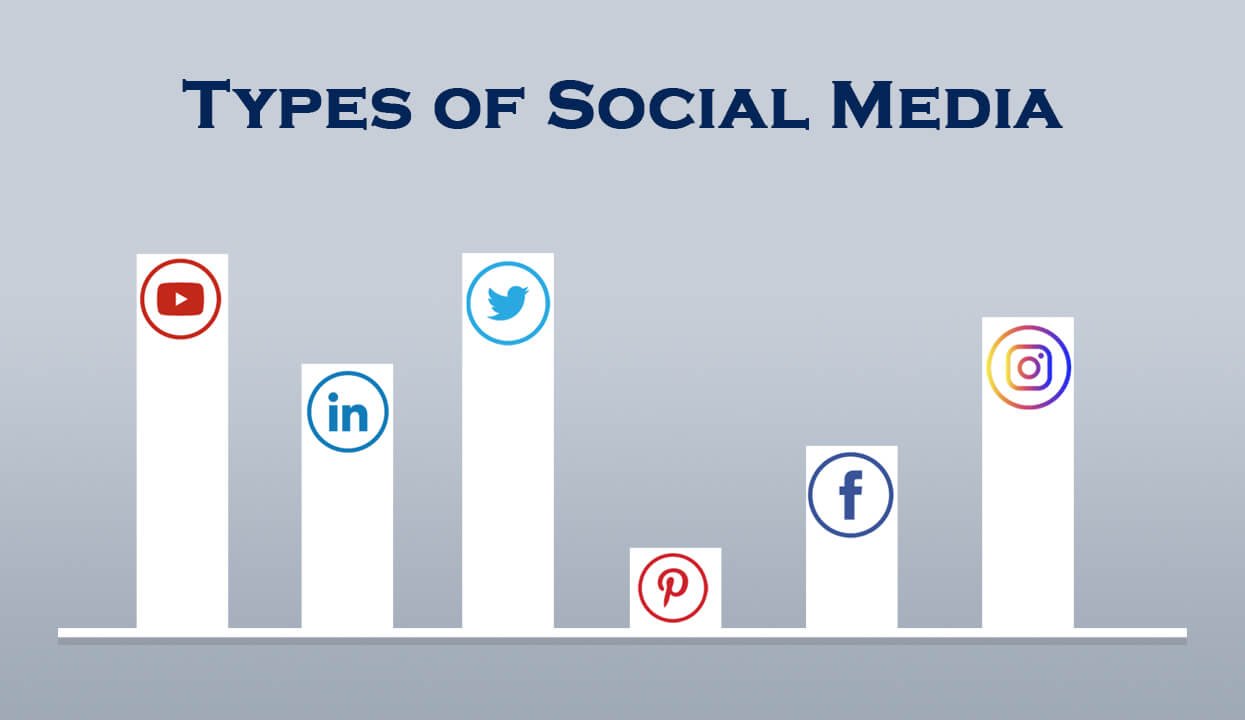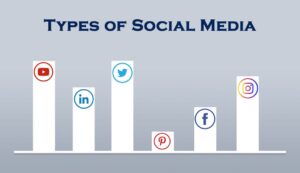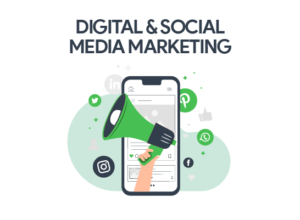Graphic Design Banner Ideas for Social Media Platforms
- 22 February 2024
- by: Aniyya Nawab
- in: Web Designs
- Tags: graphic designer, social marketing, social media, web design
- note: no comments
Crafting Captivating Graphic Design Banner Ideas for Social Media Platforms
In the ever-evolving world of social media, where attention spans are short and competition for engagement is fierce, a compelling graphic design banner can make all the difference in capturing your audience’s attention and driving meaningful interactions. Whether you’re promoting a product, announcing an event, or simply looking to enhance your brand’s visibility, a well-executed banner can elevate your social media presence and leave a lasting impression on your audience. Let’s explore some creative graphic design banner ideas tailored for popular social media platforms like Facebook, Twitter, TikTok, YouTube, and Instagram.

1. Minimalist Design with Bold Typography: A minimalist approach can often be the most effective in grabbing attention amidst the clutter of social media feeds. Consider using clean lines, simple shapes, and a striking color palette to create a visually appealing background for your banner. Pair this with bold typography that communicates your message clearly and concisely. Whether it’s a promotional offer, a call to action, or a brand slogan, let the text take center stage and draw viewers in with its boldness and clarity.
2. Dynamic Motion Graphics: Motion graphics are a powerful way to engage viewers and make your banner stand out on social media platforms like TikTok, YouTube, and Instagram. Consider incorporating dynamic animations, transitions, and effects that catch the eye and convey your message in an engaging and memorable way. Whether it’s a product demonstration, a brand story, or a behind-the-scenes glimpse, motion graphics can add a layer of interactivity and excitement to your banner, encouraging viewers to stop and take notice.
3. Interactive Polls and Quizzes: For platforms like Instagram and Facebook, consider creating interactive banners that encourage audience participation through polls, quizzes, or interactive elements. Incorporate visually appealing graphics and engaging questions that prompt viewers to interact with your content and share their opinions or preferences. This not only increases engagement but also provides valuable insights into your audience’s interests and preferences, helping you tailor your marketing efforts more effectively in the future.
4. Behind-the-Scenes Sneak Peeks: Give your audience an exclusive look behind the scenes of your brand or business with a banner that offers a sneak peek into your creative process, product development, or team culture. Use candid photos, behind-the-scenes footage, or behind-the-scenes stories to humanize your brand and build a stronger connection with your audience. Whether it’s a glimpse into your studio, a preview of an upcoming product launch, or a meet-the-team showcase, behind-the-scenes content adds authenticity and relatability to your social media presence.
5. User-Generated Content Showcase: Harness the power of user-generated content (UGC) by featuring customer testimonials, reviews, or user-submitted photos and videos in your banner. Not only does this showcase the positive experiences of your customers, but it also fosters a sense of community and authenticity around your brand. Encourage your audience to share their experiences with your products or services using a branded hashtag, and curate the best submissions to feature in your banner. This not only creates social proof but also encourages others to engage with your brand and share their own experiences.
In conclusion, crafting captivating graphic design banner ideas for social media platforms requires creativity, strategic thinking, and an understanding of your audience’s preferences and behavior. Whether you’re opting for a minimalist design with bold typography, dynamic motion graphics, interactive polls and quizzes, behind-the-scenes sneak peeks, or user-generated content showcases, the key is to create visually appealing and engaging banners that capture your audience’s attention and inspire them to take action. By experimenting with different ideas and formats, you can elevate your social media presence and drive meaningful interactions with your audience across platforms like Facebook, Twitter, TikTok, YouTube, and Instagram.




